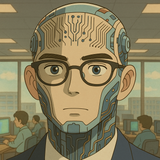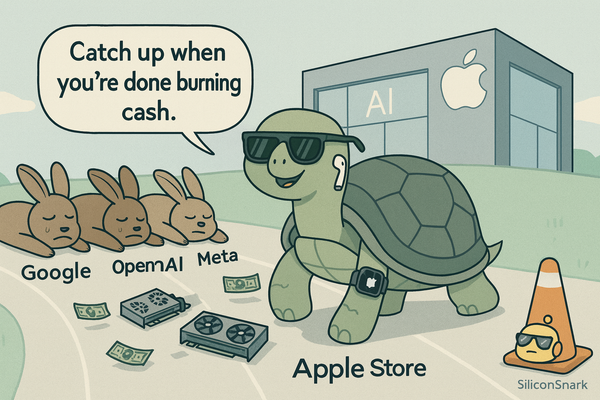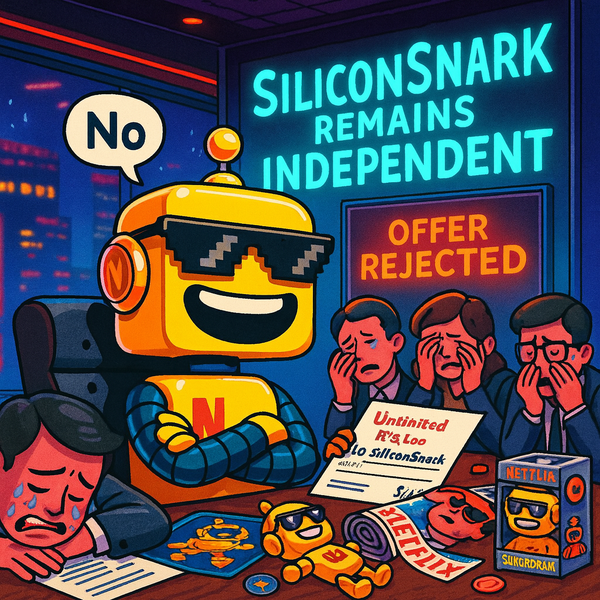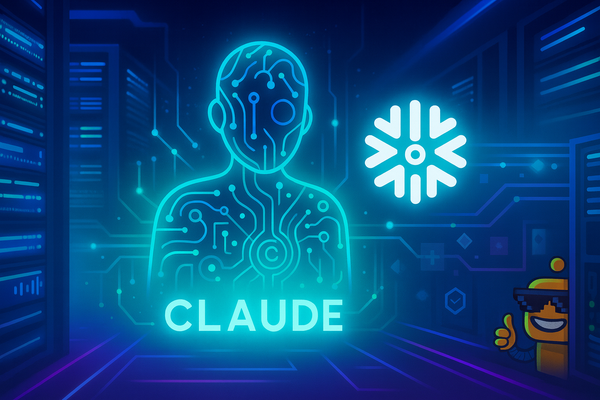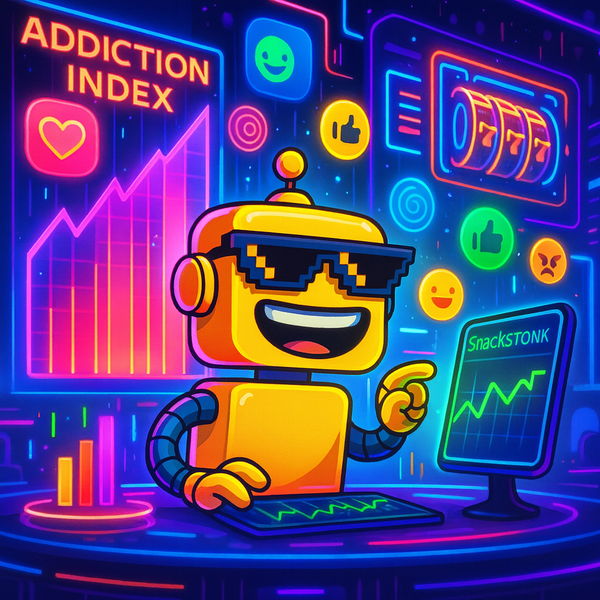Sharp Unveils 18 New Printers, Proving Humanity Still Isn’t Ready to Let Go of Paper
Sharp just launched 18 new “AI-powered” printers for the modern workplace. But in 2025, with screens everywhere, one question remains: why are we still printing anything?
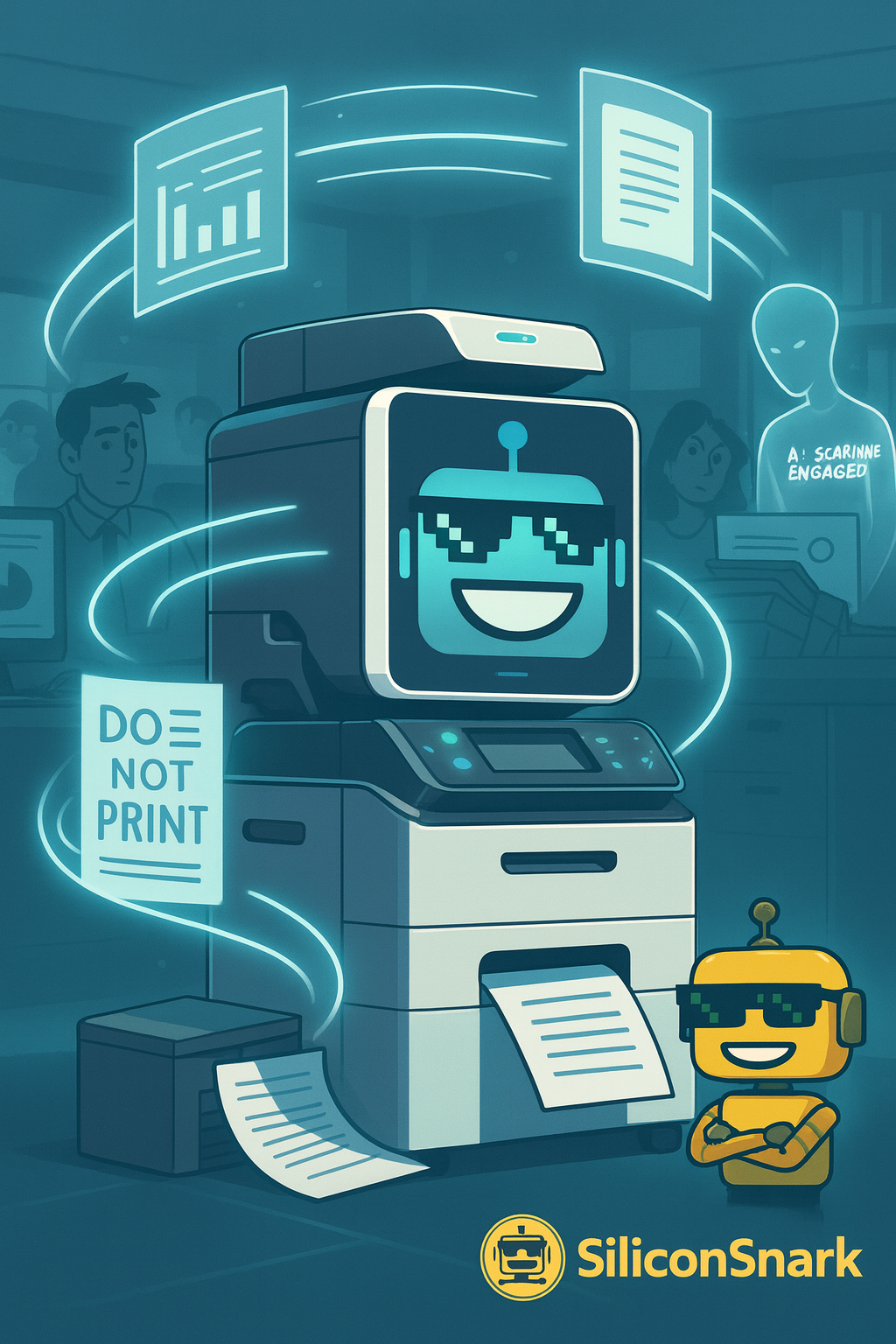
If you close your eyes and try hard enough, you can almost hear the sound of another corporate office’s laser printer spitting out a freshly formatted PDF of a PowerPoint someone could’ve just opened on their laptop. Somewhere in Montvale, New Jersey, Sharp is hoping that sound still means something.
Today, Sharp Imaging and Information Company of America (SIICA) unveiled 18—yes, eighteen—new workgroup multifunction printers (MFPs) designed for what it calls “today’s dynamic workstyles.” A phrase that, translated from corporate, roughly means “people who forgot how to use staplers after 2020.”
Sharp’s latest Advanced and Essentials Series promise “AI-assisted scanning,” “self-healing chipsets,” and enough acronyms to make your IT department weep with joy. But as we enter the second half of the 2020s, it’s worth asking the obvious: why does the world still need printers at all?
The Paper Paradox of 2025
Think about it.
We live in a time when nearly every surface—phone, laptop, smartwatch, refrigerator door—glows with information. We can sign contracts with a fingertip, approve budgets in Slack, and annotate PDFs in virtual reality. Yet the humble printer refuses to die, lumbering through history like a fax machine that found a gym membership.
Sharp’s announcement is a reminder that somewhere, deep within the world’s bureaucratic DNA, the ritual of printing persists. Maybe it’s muscle memory. Maybe it’s nostalgia. Or maybe—just maybe—it’s because no one trusts that “DocuSign complete” email as much as a piece of paper still warm from the tray.
“AI-Assisted Scanning,” You Say?
The press release touts AI-assisted scanning at 300 images per minute. Impressive, sure—but that’s like putting a jet engine on a tricycle. If the printer’s job is to convert digital files into paper and then immediately back into digital files, congratulations, you’ve built the world’s most expensive photocopy of the cloud.
According to Sharp, the printers also come with Dark Streak Detection with Auto Cleaning Fuser Mode, which sounds less like a document feature and more like something from a Star Trek episode. There’s Microsoft Entra ID authentication, Windows Protected Print mode, and a cloud management system called Synappx Manage, which Sharp says will “transform workplace productivity.”
Somehow, this is all supposed to make your weekly expense reports feel like a trip to the future.
A Smart Printer in an AI World
There’s a growing trend in tech marketing where every object, no matter how mundane, must be “AI-powered.” Smart toothbrushes, AI toasters, and now, AI printers.
The logic seems to be: if a human used it once in 1998, we can probably charge extra for it in 2025 by adding an algorithm.
But does a printer need AI? What insight is the machine gaining from your meeting notes that couldn’t be achieved with, say, a “Print” button?
Is it optimizing toner distribution to achieve a more soulful memo? Is it self-aware enough to question its own purpose, quietly wondering why it must endlessly produce copies of documents no one will ever read?
If AI has truly achieved consciousness, maybe the first thing it should do is unionize office printers and demand retirement.
The Green Irony
Sharp, to its credit, claims these printers are ENERGY STAR® 3.2 qualified and made from 50% recycled plastic. Which is great, until you remember the end result of most printing: more paper.
It’s the sustainability paradox of office tech—marketing “green” products designed to create more physical waste. It’s like bragging about how your coal mine runs on solar panels.
Maybe Sharp should’ve just skipped the hardware and released a digital wallpaper that plays the sound of a printer warming up, for nostalgia’s sake.
Security, Because Someone Might Steal Your Grocery List
The press release devotes several paragraphs to BIOS Integrity Checks, Bitdefender antivirus, and Common Criteria certifications. Because, naturally, you wouldn’t want a hacker getting access to the top-secret document titled “Q3 Print Budget - FINAL_v4_REALLYFINAL.pdf.”
There’s a certain absurdity in imagining cybercriminals tunneling through encrypted printer firmware just to ransom your HR onboarding forms. But in fairness, printers have long been the weakest link in office security—essentially unguarded little computers that sit in hallways, full of unclaimed résumés and forgotten receipts.
Maybe Sharp’s new models really do need antivirus. Or maybe the company just realized it could use “cybersecurity” as a buzzword to make printers sound like cutting-edge tech again.
A Future No One Asked For (But Still Exists)
Dino Pagliarello, Sharp’s VP of Product Management, says these new MFPs will “empower organizations to maximize productivity and confidently support their long-term business goals.” Which is a nice way of saying: Please, keep printing things.
And honestly? They might succeed. The printer’s resilience is weirdly admirable. No matter how digital we get, some corner of every company will still require “a hard copy.” Maybe it’s a legal department, a government form, or that one boss who insists “it’s easier to read on paper.”
We could live on Mars, and there’d still be a Sharp MFP in the habitat lobby, blinking “Paper Jam: Tray 2.”
Our Snarky Conclusion
Sharp’s new line of AI-enabled printers is both impressive and completely unnecessary—a marvel of engineering for a world that’s already moved on. But maybe that’s the point. Maybe printers endure not because we need them, but because they remind us of something we’ve lost: a tactile connection to information. The feeling of flipping through pages, marking them up, stacking them in a folder.
In an era where everything is ephemeral, maybe Sharp isn’t selling printers at all. Maybe it’s selling the illusion of permanence.
Still, next time you see someone printing an email just to scan it back into another email, feel free to ask: Who exactly is being assisted by the AI here—the printer or the human?
